Ferroelectrics are materials that possess a unique property: they exhibit a spontaneous polarization, meaning they have an inherent division of positive and negative charges within their structure, much like a magnet has a north and south pole. What sets ferroelectrics apart is their ability to reverse this polarization when an external electric field is applied, similar to how a magnet’s poles can be reversed under certain conditions. Once the polarization is reversed, ferroelectrics remain in this new state even after the external field is removed. This non-volatile nature makes ferroelectrics ideal for a variety of applications, including data storage and wireless communications. However, for the most part, the creation of these materials required sophisticated chemical modifications, and their usage often involved trade-offs, including a loss of other desirable properties.
Recently, a team of scientists from Penn State made a groundbreaking discovery, demonstrating that it might be possible to induce ferroelectric behavior in materials that typically lack such properties. This technique, known as “proximity ferroelectricity,” allows non-ferroelectric materials to exhibit the properties of ferroelectrics simply by stacking them with a ferroelectric material. This novel approach offers the promise of creating ferroelectric materials without the need for extensive chemical modification, which is a major step forward because traditional methods of making ferroelectrics often degrade other important material properties.
Jon-Paul Maria, a professor of materials science and engineering at Penn State and the lead author of the study, described this finding as a significant leap in the understanding of ferroelectricity. “This work shows we can generate ferroelectricity in a material that does not have those properties just by stacking it with a material that is ferroelectric,” Maria explained. The term “proximity ferroelectricity” was coined because the two materials, when placed in close contact with one another, can “communicate,” allowing the non-ferroelectric material to gain ferroelectric properties. It was a discovery that challenged long-standing assumptions about the creation of ferroelectrics.
The study was published in the prestigious journal Nature, where the Penn State team presented compelling evidence of their discovery. They observed that by placing non-ferroelectric materials next to ferroelectric ones, the nearby materials exhibited reversed polarization, typical of ferroelectrics. This reversal of polarization is key to the unique capabilities of ferroelectric materials, and the ability to induce this phenomenon without resorting to chemical modifications offers many exciting possibilities for a range of technological applications.
Ferroelectric materials have garnered interest over the years for their potential applications in next-generation electronics. For instance, their non-volatile nature makes them ideal candidates for memory devices, where they can retain information even when power is turned off, or for their use in logic devices. More recently, researchers in fields like optoelectronics and quantum computing have also looked into the use of ferroelectrics in developing advanced devices that could revolutionize our computational and communication abilities.
Previously, the development of ferroelectrics required laborious processes, including chemically modifying materials like zinc oxide, to make them ferroelectric. However, this could often result in the degradation of other desirable properties of the material, such as its ability to dissipate heat or its optical properties. Maria and his team had worked extensively on improving zinc oxide through magnesium substitution, and while the result showed great promise for use in certain ferroelectric applications, it also came with compromises.
In this new study, the Penn State team demonstrated how ferroelectricity could be imparted to pure zinc oxide simply by stacking it with magnesium-substituted zinc oxide films, which themselves are ferroelectric. “Imagine that I have the ability to stack these layers on top of each other, where one is ferroelectric and the other is normally not, but through proximity ferroelectricity, it can exhibit polarization reversal in its pure state. That’s the real appeal,” Maria remarked.
The breakthrough is even more remarkable because the amount of the ferroelectric material required for the effect is minimal. The ferroelectric layer in the stack can represent as little as just 3% of the total volume of the system, meaning that the rest of the material can retain its most-desired properties without sacrificing the ferroelectric behavior that is typically only available through more complicated methods. In the stacked configuration, the ferroelectric layer can be positioned at the top, bottom, or even as an isolated internal layer, depending on the application. This opens up new avenues for engineering materials that combine both ferroelectric behavior and other essential properties like high conductivity or transparency, making the technique highly versatile.
One of the most significant findings of the research team was that proximity ferroelectricity could be observed not just in oxide materials but also in nitride systems and combinations of nitride and oxide systems. The researchers believe this suggests that the mechanism behind the phenomenon is universal to a certain extent, which could lead to new ways of designing and fabricating materials with ferroelectric properties.
While the study’s implications are still being explored, Maria emphasized that this was only the beginning. “This work only scratches the surface of what’s possible with this technique,” he stated. The next steps for the team involve delving into other potential material combinations, looking to unlock even more previously unknown potential in non-ferroelectric substances. The opportunity for this technique to enable more efficient and high-performing devices is enormous, and there are even hints that it could be the key to addressing some of the major challenges in cutting-edge fields like quantum computing.
One particular application where proximity ferroelectricity could make a profound impact is in the development of optoelectronic devices. The idea of utilizing light instead of traditional electronic signals to enable faster communication between processors is an area of significant interest. However, for this to be practical, materials that exhibit both the ability to control the flow of light and other essential electronic properties will be critical. The ability to leverage proximity ferroelectricity could thus play a crucial role in the development of materials for the next generation of optics-based processors.
“One of the major challenges in modern electronics involves reducing energy consumption,” Maria noted. “One possibility for doing this involves changing the way processors communicate with each other, moving from electrical signals to optical signals.” Using light to transmit information across circuits could be vastly more efficient than traditional electronic methods, particularly in terms of speed and energy use. The research team’s findings on proximity ferroelectricity could contribute to the development of optoelectronic materials that offer both energy-efficient switching and the potential to interact with light-based communications systems.
“The implications are huge,” Maria added. “These discoveries may unlock new ferroelectric behaviors in materials we already know, while potentially offering the materials industry a new pathway toward solving some of the toughest challenges we face in electronic devices today.”
Ultimately, this research could have transformative consequences for several fields of technology, providing more efficient, powerful, and multifunctional materials for a wide range of applications, from computing and data storage to quantum computing and advanced communication systems. As scientists continue to explore the potential of proximity ferroelectricity, its impact is likely to resonate across multiple domains, driving the future of modern electronics and beyond. The findings represent a new frontier in material science and engineering, one that may forever change how we design the building blocks of technology.
Reference: Jon-Paul Maria, Proximity ferroelectricity in wurtzite heterostructures, Nature (2025). DOI: 10.1038/s41586-024-08295-y
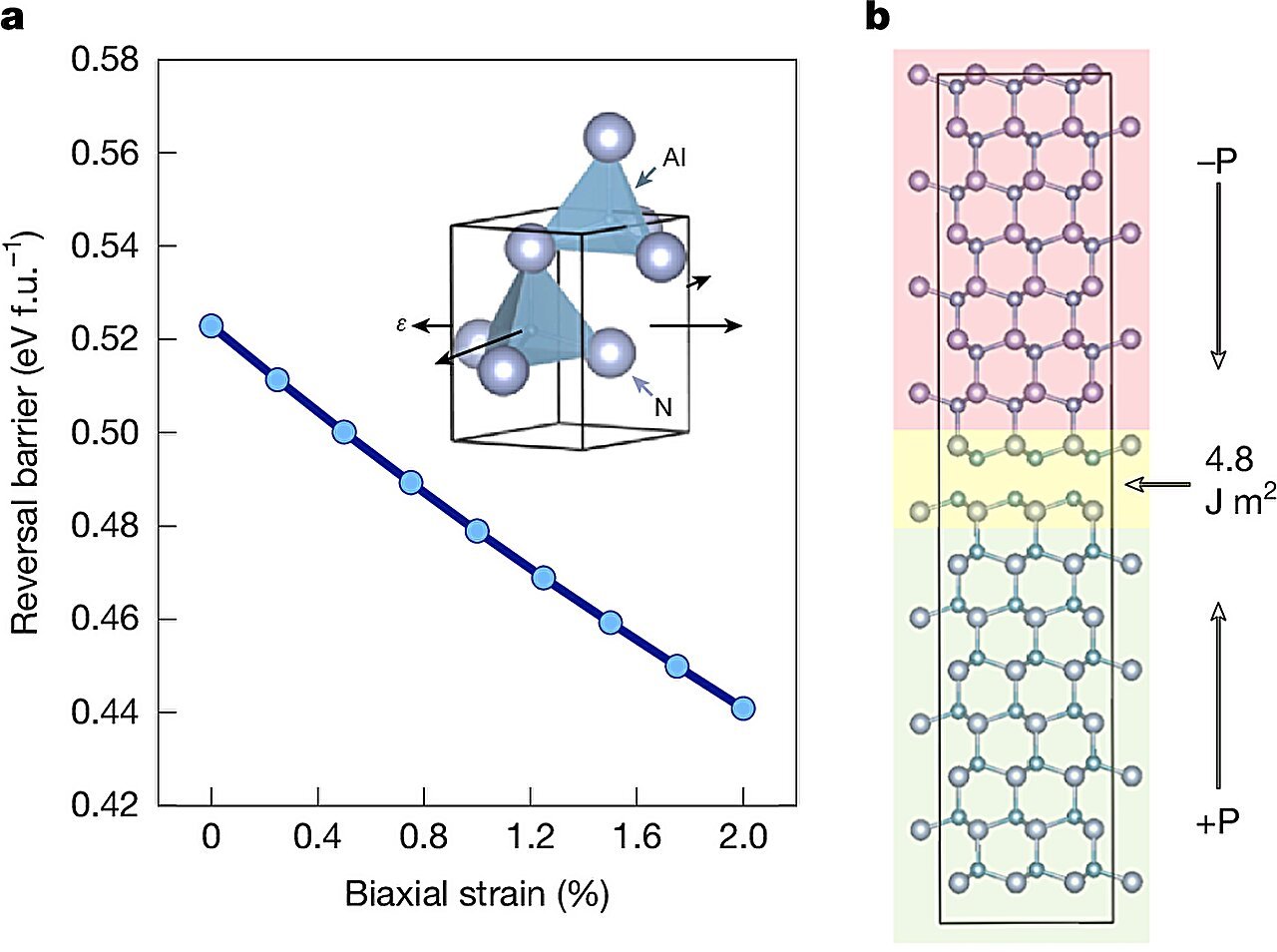
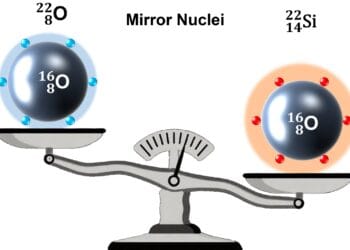

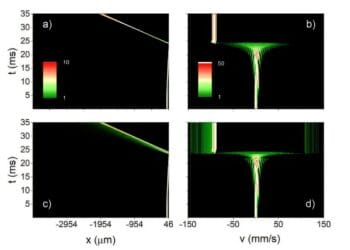
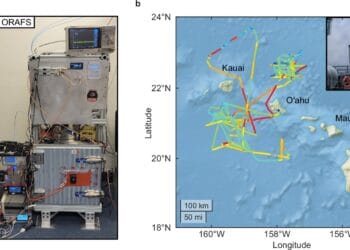

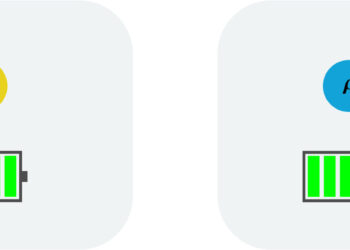
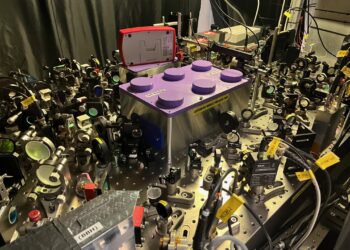
![Digitization and adiabatic energy gap. a The procedure to digitize an adiabatic evolution is done through a Riemann-like discretization of the time interval s ∈ [0, 1], where each step in time corresponds to the digital block. The time-continuous adiabatic algorithm implemented through time-dependent fields can be efficiently decomposed in a sequence of pulses through a circuit version of the evolution. After M blocks the output state is expected to be prepared with good fidelity without any computation complexity due to the search for the optimal parameters of the circuit. b The only optimization required to reduce the circuit length is done through the suitable choice of the parameters of the Hamiltonian. The a priori knowledge of the parameters of the Hamiltonian, which leads to a large energy gap, will enhance the digitized algorithm. Credit: Nature Communications (2025). DOI: 10.1038/s41467-025-57812-8](https://www.sciencenewstoday.org/wp-content/uploads/2025/07/quantum-computer-simul-1-350x250.jpg)

